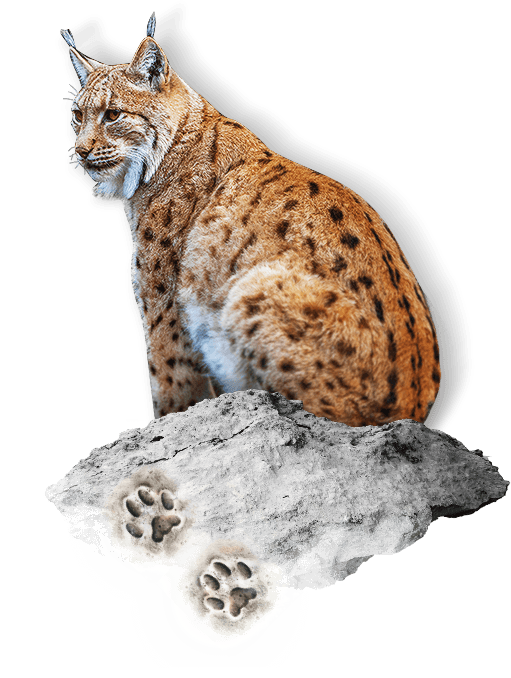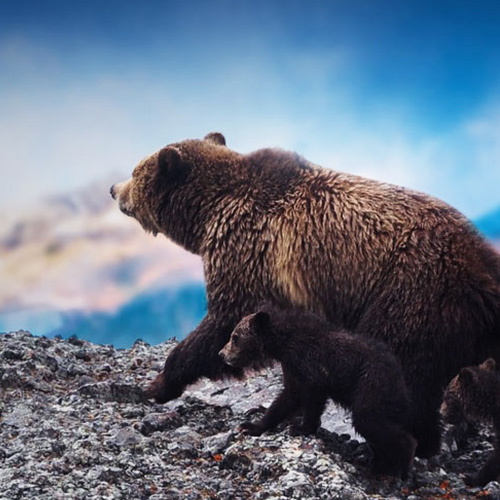
According to the ARSO records there were very few recorded damages to farm animals caused by Eurasian lynx from 2012 onward. Even when the Eurasian lynx population was numerous, the extent of the damage was virtually negligible compared to other large carnivore species.
Like other large carnivores, Eurasian lynx were persecuted and eliminated from most of Europe by the early 20th Century. In Slovenia, the last lynx was reported shot in in 1908 in the Štajerska region of northeast Slovenia. After about 60 years of lynx absence, hunters and foresters carried out a lynx reintroduction effort in 1973 and translocated six lynxes from the Carpathians to the Kočevje region.
In addition to the Notranjska, Trnovski gozd, Julijske Alpe, and Karavanke, the Kočevje region is core region of lynx constant presence. Today the lynx population in Slovenia again faces extinction, mainly because due to genetic inbreeding.
The population number is estimated to only about 15 individuals. In order to carry out a population reinforcement effort, 14 lynxes will be translocated from Slovakia and Romania to Slovenia and Croatia under the auspices of the LIFE Lynx project.







